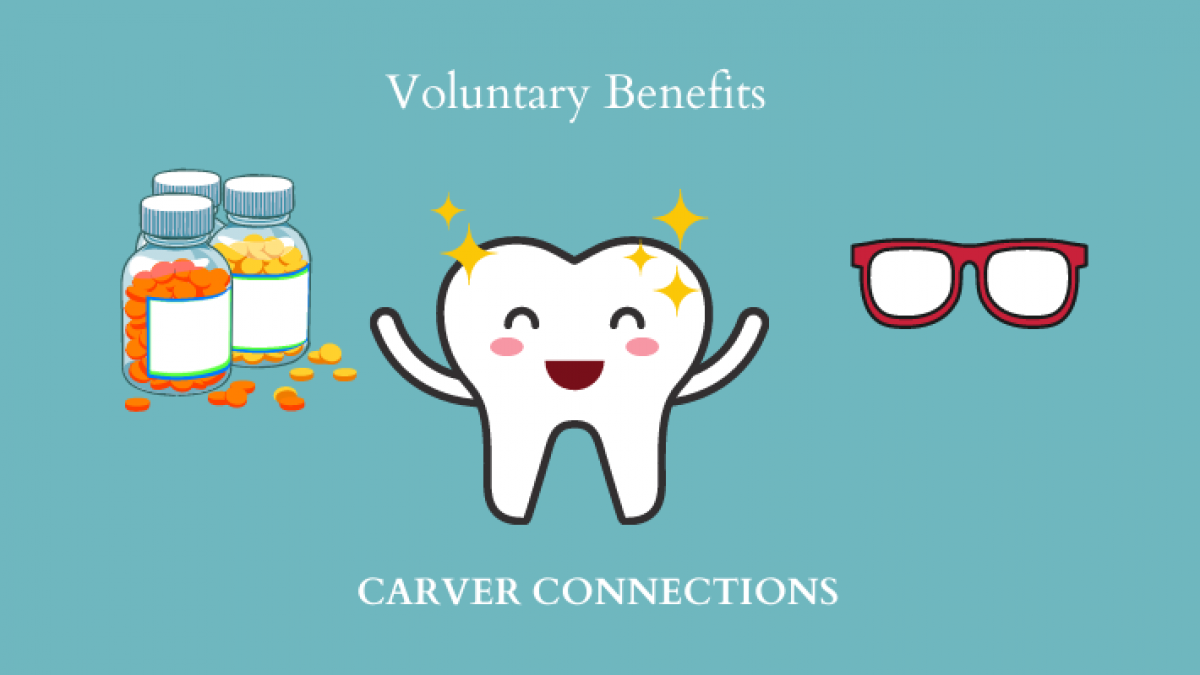Voluntary Benefits

It’s important to share benefit details that will help employees make educated decisions before enrollment deadlines.
When you’re explaining benefits to employees, it may be helpful to break them down into what plans are optional and what plans they automatically receive that the company pays for on their behalf. This will prevent confusion down the road if they think they have a benefit but didn’t elect it.
We all know that the payroll deduction amount is only one factor when trying to elect a plan. The following list is a starting point of features that you may want to point out to employees:
- Medical – One of the most important benefits to any employee is health insurance. It can also be one of the most confusing, especially if you offer multiple plans. Be sure to over copays, deductibles, coinsurance and maximum out-of-pocket costs. What should they expect if they need an x-ray or surgery? Are there a maximum number of visits for physical therapy or chiropractor visits? Help them understand the importance of comparing bills from their providers to the Explanation of Benefits from the insurance company.
- Prescription – Prescriptions are an important piece of any health insurance plan and can be confusing for employees and their family members. Besides knowing copay amounts, employees need to understand the difference between generic and brand name drugs. Are any drugs excluded because they are new or considered specialty drugs? Can patients get prescriptions filled at any pharmacy or does the plan have a contract that restricts this? Is there a discount to get maintenance medication delivered through the mail? Is it cheaper to get a 90-day supply instead of a 30-day supply? Remember, our goal is to support and encourage employees and their families to take their medication as prescribed so that they can feel their best. If they are confused or overwhelmed by the process, they may be embarrassed to ask for help.
- Dental – Going to the dentist is about so much more than having a beautiful smile! Dentists can spot cavities in early stages when the treatment is easier and cheaper. The exam also checks gum health and looks for cancer. Many employees have sticker shock when they hear the price of dental treatment. What is the difference between preventive, minor and major restorative? What about braces or treatment from other specialists like an oral surgeon? What is the maximum amount the plan will pay each year? Are annual cleanings and x-rays included in this figure or not?
- Vision – It’s been said that eyes are the windows to the soul. I don’t know if this is true, but eyes are a window to your health. In addition to checking you vision, eye exams include glaucoma screenings and check the health of your retina. They also look for complications of diabetes and high blood pressure. What does your vision plan look like? Can you get frames every 12 months or 24 months? What about new lenses and contacts? How much are your copays? Does your plan offer other additional benefits?
- FSA – Employees can have money deducted from their paychecks as a pre-tax deduction and put it into an account that can be used to pay for medical expenses. This is a wonderful benefit for anyone that goes to the doctor, takes prescription medication, buys glasses, needs braces, etc. However, employees need to be cautious about how much they contribute because if they don’t use the money, they will lose the money. What is the maximum amount your employees can contribute? Does your plan have a grace period or allow a small amount to rollover to the next plan year?
I hope this post gets you thinking about your plans and what is helpful for employees to know. It’s so important to remember that benefits can be intimidating to them. The more information you share, the more empowered they will become. This will give them the confidence they need to ask questions and be an advocate for their families.
Categories: : Benefits
 Leslie Carver
Leslie Carver 